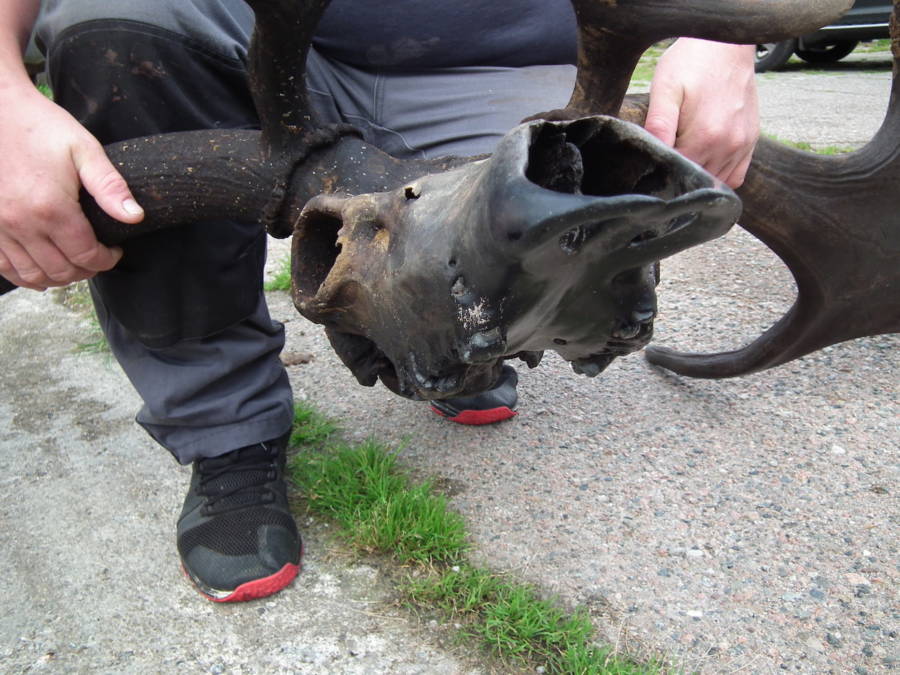Fishermen discover massive skull and antlers from ancient ‘Irish elk’

Fisher Man Reels in Massive Skull of 10,000 years old Megaloceros Elk

On the lakebed of Lough Neagh in Northern Ireland, a fishing fighter and his assistant were out on Sept. 5 when they reached the distance from their usual catch.
With its skull nearly fully intact, Raymond McElroy and his assistant, Charlie Coyle were shocked by massive elk antlers.
As it turns out, their fishing was not only unexpected but historic, since LiveScience says that the old skull has been around for more than 10,500 years.
The two people fished about half a mile from the coast when they found the elk skull, where the waters were no more than about 20 feet profound.
“The devil himself, I believed. Coyle told the Irish Times, I’ll throw it back in.

Once belonged, the skull and antlers were a now-extinct old species known as the ‘ Irish Elk. ‘ The skull is about six feet long (or 1.8 meters), which provides a feeling that when these animals once roamed the earth they were as big as they were.
In fact, Irish elk has been one of the biggest and extinct deers ever to exist for almost 10,000 years.
However, the term “Irish elk” is misleading since it is not Elk or nor exclusively found in Ireland.
These huge animals can be discovered throughout Europe, Asia, and northern Africa, and technically classified as deer.
Their name is derived from the fact that the remains of these animals are discovered more frequently on the lakes and moors of Ireland than in other areas of the world.

In the Irish Grasslands, these deer were once allowed to live according to Mike Simms, a paleontologist at the Belfast Ulster Museum if the wet and environment were right for them.
However, when trees started to grow, their huge bodies could not navigate so readily as they did when the open plains walked around. Simms said “giant anti-forest bodies aren’t fantastic,” and in the end, “Environmental changes have been responsible for their extinction.”
At this same lake, there were other Irish elks discovered. In 2014, MartinKelly, a different fisherman from LoughNeagh lake, discovered a reduced iron jaw skin at the same location where McElroy & Coyle discovered their Irish deer skull, which was estimated to be around 14,000 years old.
McElroy thinks that the reduced jawbone could, in fact, match the deer skull he just found, though this hypothesis has not yet been verified by specialists.